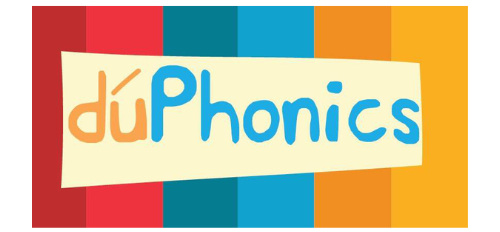Phonics
Level 1-6
The correct starting point for learning English is being able to “read words” independently, in order to build upon that for conversation or writing later on.

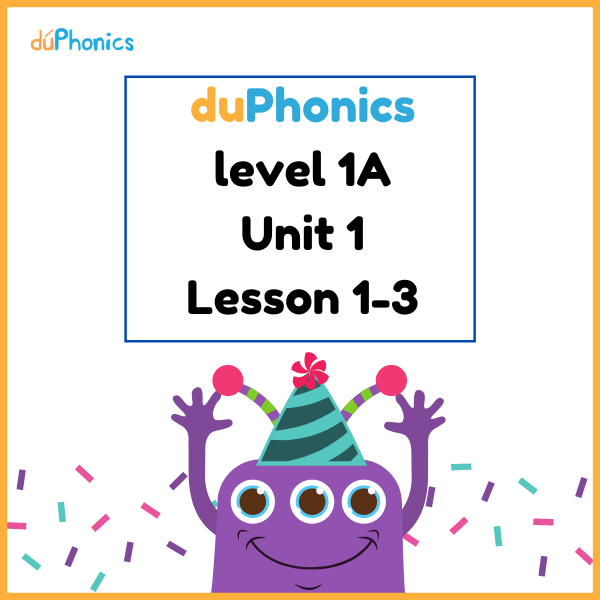
Phonics
The correct way to learn English
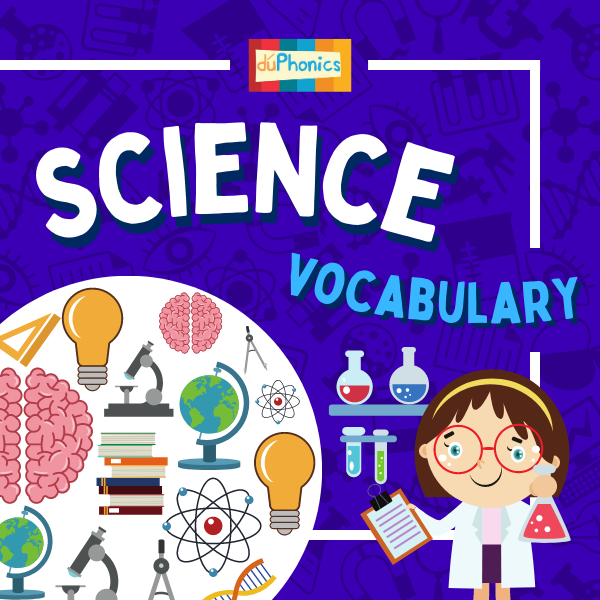
Science
vocabulary
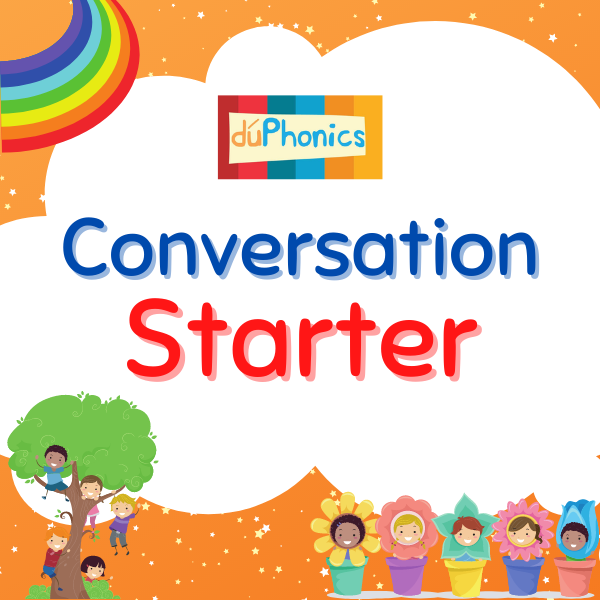
Conversation
starting conversations

Social Studies
vocabulary
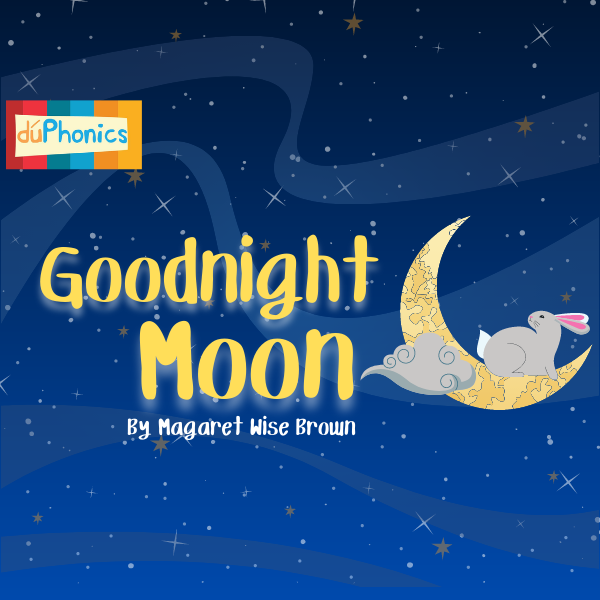
Reading
Sequential Reading
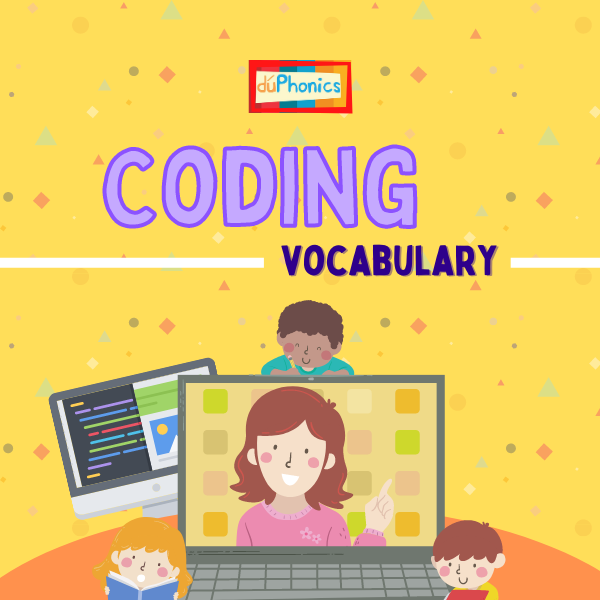
Coding
vocabulary
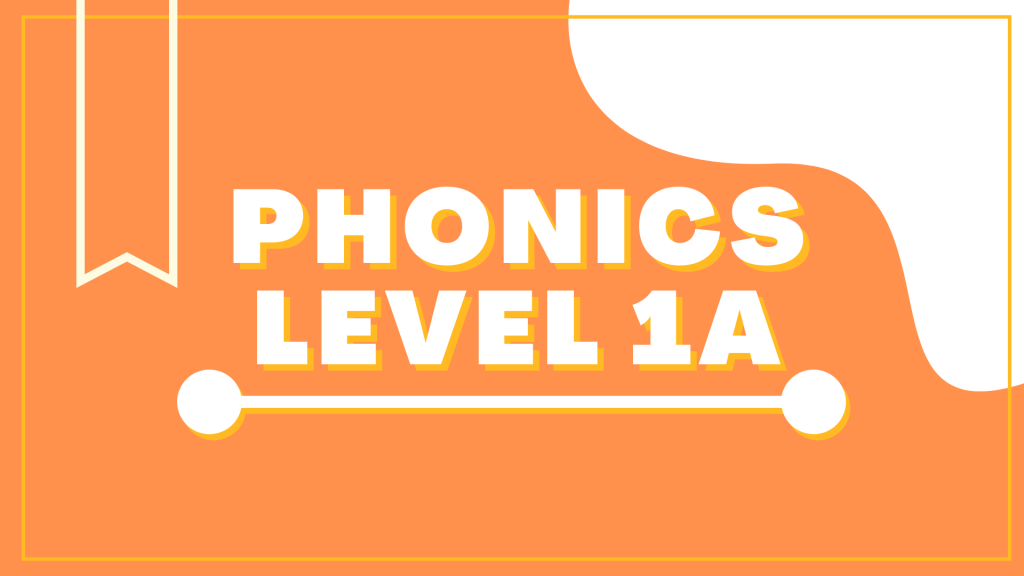
Phonics Levels 1A
1A: Your child will learn up to 16 new sounds and … vocabulary words. Starting with the vowel sounds ‘a’ and ‘i’, ending with various consonant blends, such as ‘a + t = at’, ‘a + p = ap’, ‘a + n = an’, or ‘i + t = it’, ‘i + p = ip’.
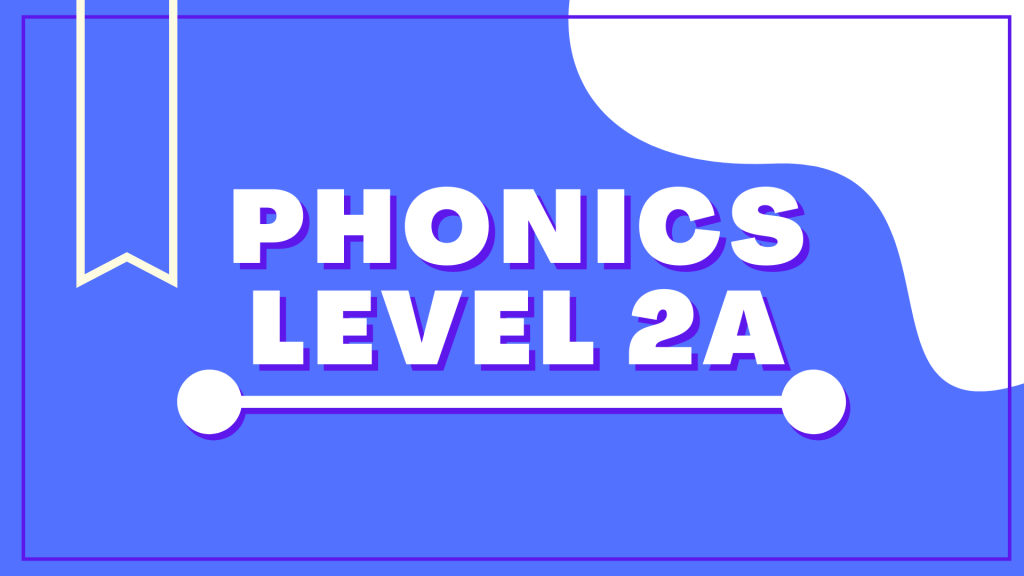
Phonics Levels 2A
2A: In this book, your child will learn 3 more short vowel sounds: e, o, and u, completing all 5 short vowel sounds. By reaching 2A, your child’s reading ability will improve significantly. Importantly, the ending sounds will be clear and natural. Not only will they learn vocabulary quickly without memorization, but they will also have a clear, natural pronunciation. This means they won’t feel shy speaking English in front of others.
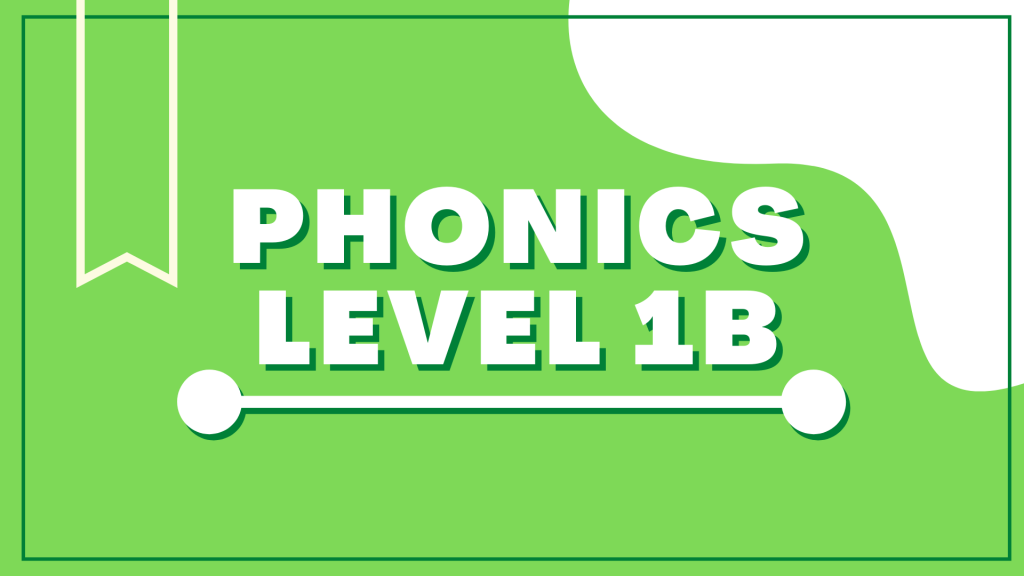
Phonics Levels 1B
The important focus of this book will be on initial consonant blends, such as sh-u-t, where the vowel sound is still a short vowel + one consonant ending. In this book, your child will learn longer vocabulary words (4-6 letters). The short vowel sounds and consonant endings are still the same sounds from 1A and 2A. Of course, learning these longer new vocabulary words is like just adding 2 letters in front, which saves a lot of time from having to memorize or practice writing entirely new words.

Phonics Levels 2B
2B: By reaching this book, your child has already learned single consonant sounds, consonant blends, short vowel sounds, and single consonant endings. Now they will learn multiple consonant endings. The vocabulary words will be longer (4-8 letters), but it’s not difficult at all. It’s like just learning two additional ending sounds, but gaining many more longer vocabulary words in return.

Phonics Levels 1C
This book will focus on long vowel sounds, which means there will be at least 5 or more letters in the words. At first it may feel difficult, similar to starting Book 1, because there are new vowel sounds to learn. However, since your child will already be familiar with pronouncing the beginning and ending consonant sounds, both single and blended, they will enjoy being able to read more cartoons with more engaging storylines. This makes the reading process much more fun overall.
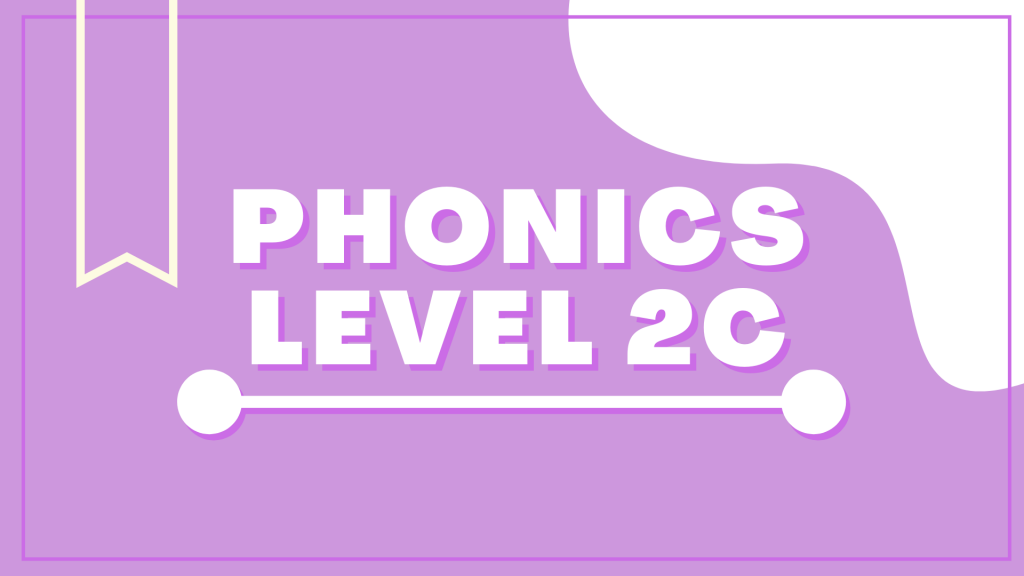
Phonics Levels 2C
This book will still focus on long vowel sounds, but it will be easier by learning the same vowel sounds, such as “ee”: f-ee-t = feet or “oo”: m-oo-n. By reaching this book, your child can read all the sounds, so there will be longer, more engaging cartoon stories to follow. Instead of learning entirely new sounds, the cartoons will also review sounds from previous books for reinforcement.
